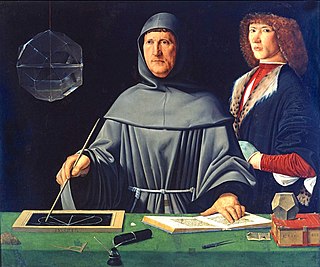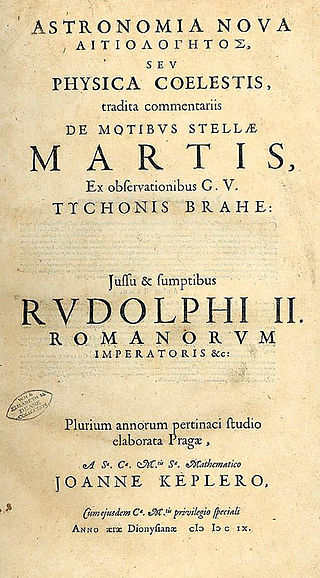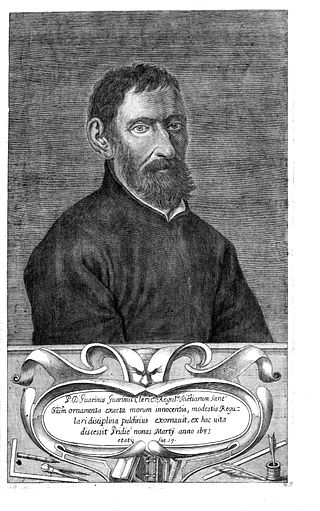Related Research Articles

Fra. Luca Bartolomeo de Pacioli was an Italian mathematician, Franciscan friar, collaborator with Leonardo da Vinci, and an early contributor to the field now known as accounting. He is referred to as the father of accounting and bookkeeping and he was the first person to publish a work on the double-entry system of book-keeping on the continent. He was also called Luca di Borgo after his birthplace, Borgo Sansepolcro, Tuscany.

Nicolo, known as Tartaglia, was an Italian mathematician, engineer, a surveyor and a bookkeeper from the then Republic of Venice. He published many books, including the first Italian translations of Archimedes and Euclid, and an acclaimed compilation of mathematics. Tartaglia was the first to apply mathematics to the investigation of the paths of cannonballs, known as ballistics, in his Nova Scientia ; his work was later partially validated and partially superseded by Galileo's studies on falling bodies. He also published a treatise on retrieving sunken ships.

Evangelista Torricelli was an Italian physicist and mathematician, and a student of Galileo. He is best known for his invention of the barometer, but is also known for his advances in optics and work on the method of indivisibles. The torr is named after him.
The Accademia dei Lincei, anglicised as the Lincean Academy, is one of the oldest and most prestigious European scientific institutions, located at the Palazzo Corsini on the Via della Lungara in Rome, Italy. Founded in the Papal States in 1603 by Federico Cesi, the academy was named after the lynx, an animal whose sharp vision symbolizes the observational prowess that science requires. Galileo Galilei was the intellectual centre of the academy and adopted "Galileo Galilei Linceo" as his signature. "The Lincei did not long survive the death in 1630 of Cesi, its founder and patron", and "disappeared in 1651."
The year 1918 in science and technology involved some significant events, listed below.
The year 1616 in science and technology involved some significant events.
The year 1685 in science and technology involved some significant events.
The year 1612 in science and technology involved some significant events.

The year 1609 in science and technology involved some significant events.

Giovanni Battista Venturi was an Italian physicist, savant, man of letters, diplomat and historian of science. He was the discoverer of the Venturi effect, which was described in 1797 in his Recherches Experimentales sur le Principe de la Communication Laterale du Mouvement dans les Fluides appliqué a l'Explication de Differens Phenomènes Hydrauliques, translated into English by William Nicholson as "Experimental Inquiries Concerning the Principle of the Lateral Communication of a Motion in Fluids," and published in 1836 in Thomas Tredgold's Tracts on Hydraulics. Because of this discovery, he is the eponym for the Venturi tube, the Venturi flow meter and the Venturi pump.

Vincenzo Viviani was an Italian mathematician and scientist. He was a pupil of Torricelli and Galileo.

Dom Guido Grandi, O.S.B. Cam. was an Italian monk, priest, philosopher, theologian, mathematician, and engineer.

Camillo Guarino Guarini was an Italian architect of the Piedmontese Baroque, active in Turin as well as Sicily, France and Portugal. He was a Theatine priest, mathematician, and writer. His work represents the ultimate achievement of Italian Baroque structural engineering, creating in stone what could be attempted today in reinforced concrete.

L'huomo di lettere difeso ed emendato by the Ferrarese Jesuit Daniello Bartoli (1608-1685) is a two-part treatise on the man of letters bringing together material he had assembled over twenty years since his entry in 1623 into the Society of Jesus as a brilliant student, a successful teacher of rhetoric and a celebrated preacher. His international literary success with this work led to his appointment in Rome as the official historiographer of the Society of Jesus and his monumental Istoria della Compagnia di Gesu (1650-1673).
Jean-François Niceron was a French mathematician, Minim friar, and painter of anamorphic art, on which he wrote the ground-breaking book La Perspective Curieuse.
The year 1586 in science and technology included a number of events, some of which are listed here.

Michelangelo Ricci (1619–1682) was an Italian mathematician and a Cardinal of the Roman Catholic Church.

Michiel Coignet was a Flemish polymath who made significant contributions to various disciplines including cosmography, mathematics, navigation and cartography. He also built new and improved scientific instruments and made military engineering designs.

Scipione Chiaramonti was an Italian philosopher and noted opponent of Galileo.
References
- ↑ "The Galileo Project". galileo.rice.edu. Retrieved 3 April 2018.
- ↑ "John Gerard - English herbalist and author". Encyclopedia Britannica. Retrieved 3 April 2018.